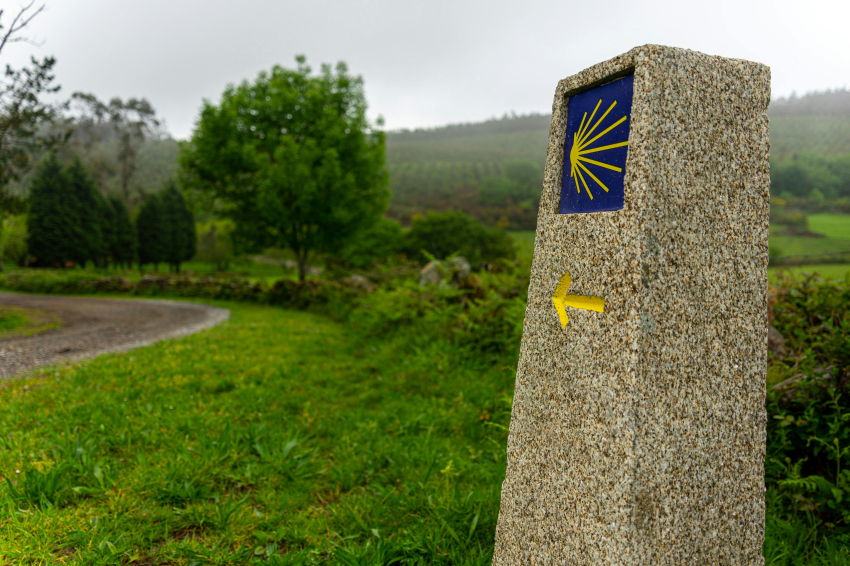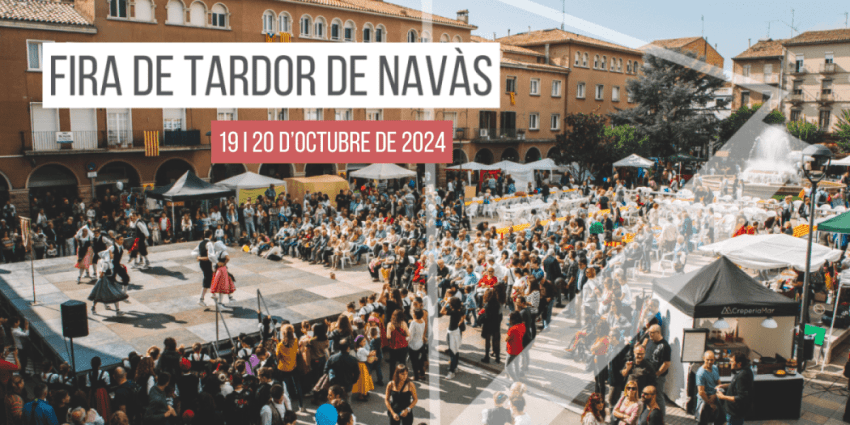Why more and more pilgrims choose to start the Camino in Tui

In recent years, the Camino de Santiago has experienced a true rebirth. Beyond being a centuries-old pilgrimage route, it has become a leisurely, reflective, and deeply enriching way of traveling. It is no longer only traveled by devotees or dedicated walkers, but also by those seeking a true disconnect, a personal challenge, or simply another way to discover the region.
Among all the variants offered by the Jacobean network, the Portuguese Way has steadily gained popularity. Within this route, one small Galician city stands out, welcoming thousands of people each year eager to begin their journey: Tui. But what is it about this starting point that makes it so attractive?
Why Tui? Strategic location and official start of the Galician section
Located in the south of the province of Pontevedra, right on the border with Portugal , Tui is much more than a dot on the map. This walled city, bathed by the Miño River and crowned by its imposing cathedral-fortress, marks the beginning of the Portuguese Way in Galicia.
Its location makes it a logical choice for those who want to start right on the Galician border and, in the process, secure the Compostela certificate. As you know, this honor is awarded to those who travel more than the minimum 100 kilometers required to Santiago de Compostela. And in this case, it's nearly 120 kilometers.
In addition, Tui has excellent transport connections.
- Vigo Airport is less than 30 minutes away by car.
- Its proximity to Valença do Minho, on the other side of the international bridge, makes it a natural passage between both countries.
Precisely this accessibility, combined with the town's monumental and cultural wealth, makes it an ideal starting point for experiencing the Camino without logistical complications.
A Camino with fewer crowds and more authenticity
Unlike the overcrowding that sometimes occurs on routes, the Camino de Tui to Santiago offers a more peaceful and intimate experience. Pilgrims who choose this route will encounter rural roads, paths that cross native forests, and villages where the most authentic Galician essence can still be felt.
The atmosphere here is more relaxed, less hectic, and allows you to connect with your surroundings and yourself more deeply. That feeling of discovering something intimate and less traveled is precisely what many hikers value about this option.
120 kilometers that have it all: Galician culture, landscape, and gastronomy
One of the great attractions of the Camino from Tui is its perfect balance of nature, history, and fine dining. In less than a week—the estimated time to complete the experience is five stages—you'll discover a variety of landscapes : vineyards, hills, streams, historic centers, medieval bridges, and small churches that look like something out of a painting.
The towns we visit, such as O Porriño, Redondela, Pontevedra, and Padrón, not only offer relaxation for the body but also nourishment for the soul. The monumental heritage is abundant and well-preserved, and the hospitality of the Galician people is reflected in a warm and friendly atmosphere that leaves a lasting impression.
Of course, gastronomy plays a prominent role in the experience. Each stop is an opportunity to try empanadas, pulpo a feira, caldo gallego, or a Santiago cake accompanied by a good Albariño. All this while the walker advances, day after day, toward the emblematic Praza do Obradoiro.
A perfect option for those who don't have much time
Unlike other variants that require weeks of walking, the section from Tui to Santiago is perfectly suited to those with only a few days of vacation time. The 120 kilometers can be easily completed in six or seven days, with stages balanced in distance and difficulty.
This makes it an ideal option for organized getaways, group trips, or even for families who want to share the experience without embarking on an overly demanding journey. Furthermore, this route has a good network of accommodations , restaurants, backpacking services, and specific services for pilgrims, which makes planning easier and provides security.
Tui: much more than a starting point
Although many people arrive in Tui planning to start their tour the next day, it's worth spending a few hours—or even a couple of days—exploring its charms. The city preserves a historic site declared a Site of Cultural Interest. Highlights include:
- The Cathedral of Santa María. Both a fortress and a temple, its Romanesque façade with Gothic touches impresses and anticipates centuries of Jacobean history.
- The Romanesque cloister. It's one of the oldest in Galicia, perfect for a peaceful stroll among stone arches and monastic silence.
- The international bridge over the Minho. Walk across to Portugal and enjoy the river views that unite—and separate—two harmonious cultures.
- Its narrow cobblestone streets. Strolling through them is like traveling back in time: stone, history, and charming corners that invite you to wander aimlessly.
The proximity to Valença do Minho also allows for a short trip to Portugal by crossing the bridge on foot. Two countries, two cultures, and two different cuisines in a single trip. It's not unusual for some pilgrims to decide to start their journey slowly, enjoying the surroundings before embarking on their adventure.
Testimonials and figures: growth in data
According to data published by the Pilgrim's Office, the Portuguese Way is now the second most popular route. Last year, more than 20% of pilgrims chose it , and a significant portion of them began their journey in Tui.
The reasons are repeated: good infrastructure, ideal distance, beautiful surroundings, and easy access. In forums and social media, many pilgrims emphasize the balance between physical exertion and cultural enjoyment. They recommend this option especially for those new to the Camino or looking for an intense experience in just a few days.
The Camino doesn't begin in Santiago; it begins long before that. And for thousands of people, it begins in Tui. Choosing this town as your starting point means opting for an accessible route, rich in heritage, and profoundly Galician. In less than a week, you'll experience a journey that combines picture-postcard landscapes, ancient history, and lasting encounters.
Perhaps that's why more and more people are leaving behind the traditional route map and choosing southern Galicia as the setting for their own little journey. Because on the Camino, as in life, the important thing isn't just getting there... but how you decide to begin.





